Clinically Reviewed by Dr. Matin Hemmat LPCC, CADC.
If you or someone you care about has ever dealt with arthritis, inflammation, or joint pain, there’s a good chance you’ve come across Meloxicam—often sold under the brand name Mobic. It’s a nonsteroidal anti-inflammatory drug (NSAID), and it’s genuinely effective at calming swelling and reducing pain. Doctors prescribe it regularly for conditions like osteoarthritis, rheumatoid arthritis, and other inflammatory issues. But how is Meloxicam abused?
Understanding Meloxicam Abuse
Because Meloxicam doesn’t give you a euphoric “high” like opioids or other addictive substances, it’s easy to assume it’s harmless. But that assumption can lead people down a slippery slope. Just because it’s not a narcotic doesn’t mean it’s not possible to misuse or even develop a dependency on it.
In fact, some people start taking higher doses of Meloxicam than prescribed—or continue using it even when they aren’t in pain.
Others begin using leftover pills from past prescriptions or borrow from friends or family. Eventually, this kind of behavior can turn into something much more serious: a habit that’s tough to break.
What Happens If You Abuse Meloxicam?
Misusing Meloxicam or taking more than your prescribed dose can have severe effects, including:
- Physical Consequences: Abusing Meloxicam or other NSAIDs can lead to various physical consequences that can affect your daily life. Research has shown that misusing this drug may lead to issues such as kidney failure, stomach ulcers, and high blood pressure. Treating these conditions is tremendously expensive and may also require more medication to keep you healthy, which may leave you caught in a downward spiral.
- Psychological Consequences: Not being able to go through your day-to-day life without taking Meloxicam can take a toll on your mind. You may find yourself feeling depressed or angry when you don’t take your medication or anxious when your prescription is running out. Living life in a constant state of anxiety and depression can quickly damage your mental well-being and affect your relationships.
How Do I Know if I Am Misusing Meloxicam?
There are few things worse than becoming heavily reliant on drugs like Meloxicam or Mobic. What begins as a quick need for pain relief often develops into a powerful and damaging relationship with this drug. To avoid this situation, it is always critical that you recognize the early signs of Meloxicam abuse, including:
Here are a few red flags to watch for:
- You’re taking it more often than prescribed: If you find yourself reaching for Meloxicam multiple times a day or using it automatically at the first sign of discomfort, your body may be developing a reliance.
- You experience symptoms when you miss a dose: Withdrawal signs can include anxiety, irritability, restlessness, headaches, and difficulty sleeping. These may seem mild compared to withdrawal from harder drugs—but they’re still signs your body’s gotten too used to having it.
- You put the drug before other priorities: If you’re avoiding activities, skipping responsibilities, or straining relationships in order to take or refill your Meloxicam, it’s time to take a closer look.
What Does Detox and Recovery Look Like?
Getting off Meloxicam isn’t always as straightforward as just stopping cold turkey—especially if you’ve been on it for a long time or have been using higher doses than recommended. Like any substance that alters your system’s natural balance, your body may need time to adjust.
A Meloxicam detox is often the first step in recovery, and it should be handled with care. Here’s what that process might include:
- A medical taper plan: Doctors may recommend slowly reducing your dosage instead of quitting all at once. This gives your body time to recalibrate and lowers the risk of withdrawal side effects.
- Symptom management: During detox, you might deal with increased joint pain, digestive issues, sleep problems, or emotional ups and downs. Medical supervision can help ease those symptoms and make the process more manageable.
- Alternative pain management tools: Recovery isn’t just about stopping the drug—it’s about replacing it with healthier ways to manage pain. That may include physical therapy, non-addictive medications, mindfulness practices, or other holistic options.
Most importantly, detox should be part of a larger recovery plan that addresses both the physical and emotional sides of dependence.
What Should I Do If I Think I’m Abusing Mobic?
First, know this: You’re not alone, and you’re not weak for needing help. It’s easy to slip into a pattern of dependence with medications that are meant to help—but the important thing is recognizing it and taking action.
At our treatment center, we understand how quickly pain management can turn into something more complicated. Whether you’re trying to help yourself or someone you care about, we offer compassionate, professional support that makes a real difference.
Our LA County partial hospitalization programs can be a viable alternative to those who have tried other recovery methods in the past and are struggling with prescription addiction.
Let Peninsula Health connect you to flexible outpatient drug treatment in Long Beach that can stop a relapse from getting worse. Call our team today: 866-934-8228.






